|
Back in June I posted a photo of some handspun yarn, and promised I would reveal all later on. A couple of months later and I've finished the knitting and have caught up with myself for longe enough to sit at the computer and write a blogpost. The yarn was actually spun for specific pattern, and I know it's something people struggle with, so I thought I'd document the process step by step. The pattern I wanted to make was Belmont. It's a cropped lace cardigan, and was a garment that was missing from my summer wardrobe, I tend towards longer length jumpers because in winter in a Welsh cottage you don't want a draft round your back. To start the process off I ordered a ball of the yarn that's used in the pattern. I don't always do this, but it's such a low cost yarn that it saved me a lot of sampling. If I can't get the yarn to go with the pattern then I'll just create more samples and swatches until I get to where I'm happy. So step 1 was to swatch with the original yarn, see how it behaved as fabric, and roughly what needle size I needed to get gauge. Then I spun some yarn that was the same thickness as the commercial yarn. However, I made a minor tweak. I increased the twist I gave to my singles, and therefore increased the plying twist. I wanted a yarn that is slightly harder wearing, though in part this is helped by using Cambrian Wool with it's lovely long staple length. A more tightly spun yarn will wear better. I washed my yarn in super hot water, and then knitted a swatch, my handspun in this swatch is at slightly fewer stitches per inch than that called for in the pattern, so I then did a further swatch with a smaller size needle. Again, more densely knit fabrics wear better, and the denseness of the fabric produced with the commercial yarn at the pattern gauge is slightly loose for my taste. Now the most important part of the process is the samples you keep from this step. They will allow you to spin the whole project at the same thickness as your original swatched sample. As you are spinning take some singles and wrap them round a sample card. You also need to keep a ply back sample to show how much plying twist you need and to monitor your spinning twist. As you spin you can go a quick glance to check the singles are roughly the same thickness, and on a regular basis do a ply back sample to check that the thickness is still correct, and that the plying twist of your payback sample matches the one on your reference piece. I set mine up on my wpi tool, but a piece of card is low cost version that works just as well. All these samples are unwashed, because you are comparing them to unwashed singles as you spin. Advert breaks are an excellent reminder to check your spinning, though setting a timer to go off every 15 minutes is also really helpful. Now if you've played around with the grist (this says how many grams of yarn you have per metre) the weight of yarn suggested in the pattern won't be accurate. However, the total yardage will still be the same. The results should be several skeins of yarn, all of the same thickness, and ones that should match your sample. In an ideal world, do another small swatch to check, but if you skip this step it's not generally disastrous. I spun my fibre in the white and then dyed it as yarn, so I could create this lovely glazed effect with a deep red, just washed over with a init of black. (Note to self however, remember to use loose ties if you're dyeing handspun!). In the photo below the main skein at the top is the dyed handspun, the single red strand is the Jamieson & Smith Shetland Heritage (the original pattern yarn), and the white skein is my original sample skein. Then I could set to with the knitting. after what felt like miles of twisted rib I got to play start on the lace pattern. Now this is where I was quite pleased with my decision to make a bouncier 2-ply yarn. The slightly rounder nature of my yarn means that the twisted rib sits beautifully, with the knit twitches sitting really proud of the ribbing. But the 2-ply structure still gave me a more open lace pattern. Want to know more about ply number and cables and lace... I wrote a blogpost a couple of years ago. Once finished it had a really good block, and I sewed on some vintage buttons.
This post could turn in to something of a word salad.... but I want to type it here because it's a conversation prompted by Instagram, but firstly, Instagram is a dreadful place to have any sort of meaningful discussion. I can barely keep track of 20 Team Hilltop Cloud Tour de Fleece posts per day, let alone host any sort of nuanced discussion in the comments.
Secondly it's a conversation that needs to move beyond an Instagram bubble, if I really do believe in what I write there I shouldn't be afraid to write it somewhere that is accessible to those who don't use social media. Over the past few days a well known male knitting designer and teacher called Sockmatician made a instagram post that basically called on everyone to "just be nice". He claimed to have invented the #diversknitty and was upset that other people were using it in a way he wasn't happy about. He wrote a bizarre poem that immediately set my teeth on edge. To me it smacked of misogyny, yet another man telling me how I should think and behave. As I've later discovered that reaction is partly my privilege showing, because of course he wrote his original post in reposes to the discussion that has been happening regarding racism in our community. So by telling everyone to just "play nice" he was actually trying to silence the voices of BIPOC, so he was also being racist. People replied to his post, pointing out the issues with what he had just written, and instead of apologising, or stepping away to think about what they were saying, the original poster then became aggressive, and started victim blaming. His husband then chimed in, made everything worse, and in the end claimed that the hurt the commenters had caused had led to male knitting designer being admitted to hospital due to a mental health breakdown. As someone who has suffered with mental health issues I can completely appreciate how this situation may have led to him feeling very unwell. Just writing this makes me feel anxious, however, mental health is not an excuse for treating other people poorly. This weekend, the knitting designer attended a yarn show in the West Midlands. He was there to teach and sell books. At a quiet point during the show, a vendor, who was also a woman of colour, went over to question him about his actions. He responded with aggression, and had to be removed from the show. Meanwhile his husband is carrying on being offensive over on his personal blog and on Facebook. I've said this before, and I'll say it again. It is not ok to behave in this way. The knitting designer tried to claim that just because he was gay he knew what it was like to be in a minority group, and he wasn't being racist. His words caused hurt and harm. He has not apologised, or recognised that he was wrong to post in the manner he did. I'm saying it in my own corner of the internet, because we need to be having this conversation outside the swirling mass of words currently floating around on instagram. I know you all come here for pretty pictures of spinning, or interesting technical articles. I have a couple of them lined up. But those things only happen when we also have a space where everyone is welcome. Where we can have the tough discussions highlighting the lack of equality in our world, because then we can do the fun things and everyone benefits. If you've read all this and are just thinking that you'd like to stick to your fibre crafts ask yourself "why do I think that, why am I not listening to the voices of those who are saying that they feel unwelcome or unsafe?" Just because you haven't experienced those things doesn't mean that others haven't. People are saying this is a problem. Those of us who are in a position of privilege need to stand up and say "ok, if you don't feel safe or welcome or represented we need to do something about this" As ever, my inbox is open if you want to send me an email privately. I have tried, to the best of my ability, to make sure that what I have written is accurate, and respectful. If I have inadvertently caused hurt please tell me. I am open to fixing my mistakes and I apologise in advance. Comments here are open, but to be clear, I will not tolerate any defence of Sockmaticians actions. If you want to tell me to "just stick to the spinning", then I suggest you go and read the letters that go out with the Time Travellers Club each month. The ever educational Penelope Hemmingway wrote this last year (I am very much looking forward to her talk at Summer School in August). Textiles have always been political. They always will. The July parcels for the Non-Wool Club have gone in the post, so don't carry on reading if you're a club member and don't want to see what's in your parcel. The spare fibre from last month is now in the shop for anyone to purchase. The first fibre for this month is Tussah Silk. If you've not spun silk before then this fibre is a great intriduction. Still shiny, still with a long staple length, but the fibres have slightly more texture so tend to draft more easily than Mulberry Silk. The silk worms that produce Tussah Silk are rather less fussy than the ones that produce mulberry silk. They can eat a wider variety of leaves, and as a result produce a fibre that is slightly coarser and with less lustre. The natural tannin from the oak leaves in their diet produces fibre that is naturally golden in colour. This type of silk can be very durable, but still comes with a fantastic shine. I like to spin it straight from the end of the combed top, keep a relaxed grip on the fibre to avoid pulling on both ends of the same staple, and to ensure you don't end up with a tangled mass of fibres. If you find it tricky then switch to spinning it from the fold, you can either use a short forward draw, or switch to a point of twist draw. This makes the yarn slightly less lustrous. How much twist to use is a matter of personal preference. I like a lower twist yarn as it stays softer and drapes better. However if you're spinning for weaving you may want more twist to reduce the effect of abrasion on the heddles. The second fibre for you to spin this month is Soyasilk. This is shiny like Silk, but has a much shorter staple length, more like spinning a fibre like Camel, Yak or Cashmere. You can spin it with a short forward draw, but you will have to concentrate hard to stop the fibre getting away from you. Try switching ti spinning from the sold with a point of twist draft and it all becomes much more relaxing! You might also see this fibre referred to as Soybean, this fibre is manmade, but from a natural source. Soya protein is processed in to fine filaments to make this combed top. It was invented by Henry Ford in 1937, and was primarily used for car upholstery, because its anti-UV properties mean it fades far less quickly than silk or viscose. The rise of true synthetic fibres meant it disappeared from production, but was revived in 1998 when interest in non-oil based fibres was starting to increase. Finally we have another short stapled fibre, but one that will be soft and fluffy. This fibre comes from goats, there’s no specific breed that produces cashmere fibre, instead any fibre that is graded at below 19 microns can be called cashmere. The name comes from Kashmir, which is the northernmost part of the Indian subcontinent. This fibre is graded at around 13 microns, unless you are lucky enough to ever spin Qiviut or Vicuna this is probably the finest fibre you will ever spin. Its short staple length can make this a challenging fibre, but it will handle having a large amount of twist and still remain soft. This cashmere is sourced from Mongolia.
You can spin this straight from the end of the combed top with a short forwards draw, but it's hard work, you can also spin with a point of twist draft straight from the end of the top, or you can spin it from the fold. Either way, this is a fibre that will handle higher levels of twist, and will still remain feeling soft. In fact if you don't use enough twist the short staple length will mean the yarn pills badly. It's felt like a strange month. For the first time since 2013 we didn't pack up the van and head up the M6 to Woolfest. I know some of you were disappointed not to see me there, but from a personal point of view it's a decision I'm very glad I made. It's freed up my summer to do many of the things I love, and I finally feel like I have stopped chasing my tail and caught up with my to-do list. I've nearly finished with my preparation for the Association Summer School in August, I am really looking forward to having the luxury of a whole week to explore the magic of hand dyed fibre. If you can make it to the Open Day on August 10th please come along. You'll be able to look round all the classrooms, and there are a few talks happening, and of course there's the Trade Fair. (For now the website is lacking a specific page for the Open Day, I have enquired about making one available, but for now you can find everything you need in the student handbook including directions and timings). And speaking of learning, there's been a bit of chatter on my social media about retreats, workshops, and the community of making. I've been thinking about organising a retreat/residential workshop for a while now. There are lots of lovely venues in this part of the world that would be ideal, for now I'm putting the idea on hold, as I'm not sure that committing thousands of pounds to organise a retreat given the current political uncertainty is wise. However, watch this space... 2021 is the year Hilltop Cloud turns 10 so maybe, just maybe. Start saving your pennies! June has been a month of cricket. I've been able to get down to Cardiff to see 2 of the matches they've hosted in the Cricket World Cup. I think this photo perfectly sums up British sport watching in summer. You will probably require a combination of sunglasses, wooly hat and umbrella.... We stayed in Cardiff for a few extra days, and I took Mum round the fabulous St Fagans, National Museum of History, which has just been named Museum of the Year. It's an amazing place, particularly now the new galleries are open. We spent the whole day there and still didn't manage to see everything. Then the end of the month was my birthday, and because I wasn't up to my eyeballs in Woolfest preparations I was able to spend a day walking round the show gardens at David Austin roses, and spend some birthday money on a new rose to grow in the bed by the dye studio. Next month is going to be pretty quiet which should mean lots of lovely shop updates, though I will have to resist the siren call of these beautiful creatures. I'd kept quiet about these clutches of eggs, because they had a dreadful start to their incubation, and I really thought they wouldn't viable, but there are now 3 baby chicks tucked up under Mummy Niddy. And of course, because I thought these eggs had got chilled, I put another batch of eggs under Tina, so in a weeks time we should have another small clutch hatching!
|
Archives
January 2024
Categories
All
|
Hilltop CloudHilltop Cloud- Spin Different
Beautiful fibre you'll love to work with. Established 2011 VAT Reg- 209 4066 19 Dugoed Bach, Mallwyd, Machynlleth,
Powys, SY20 9HR |

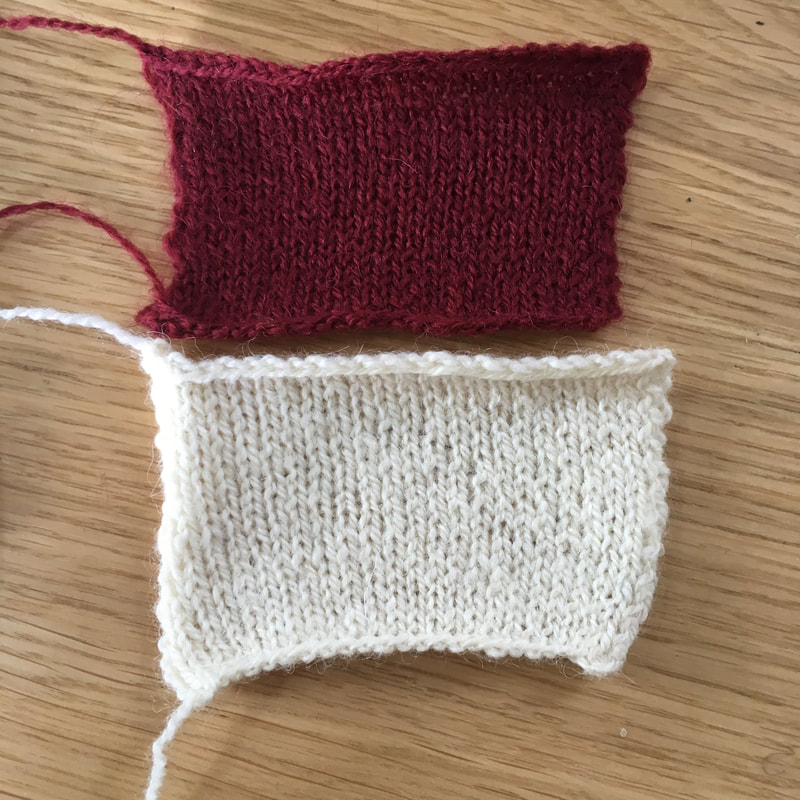
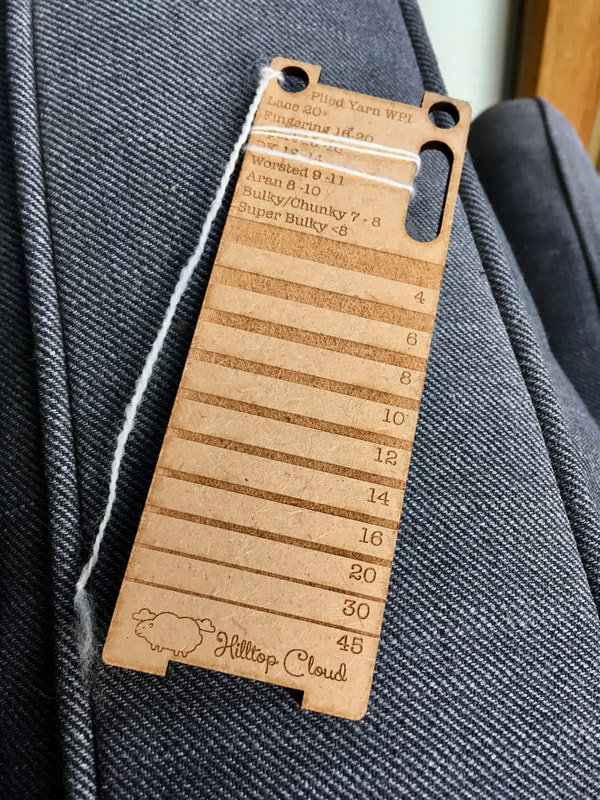
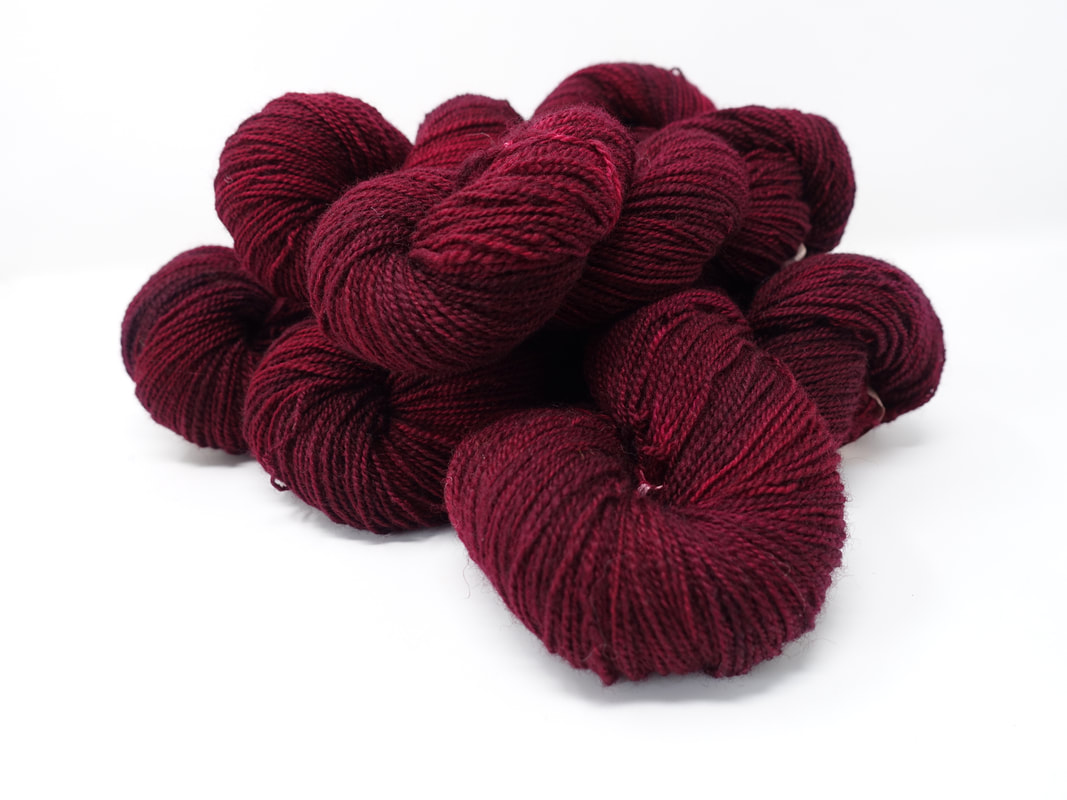
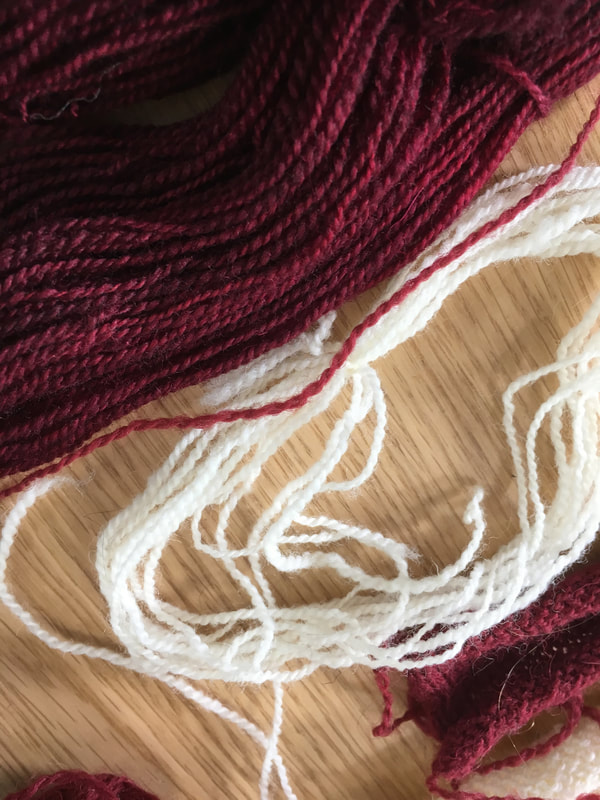
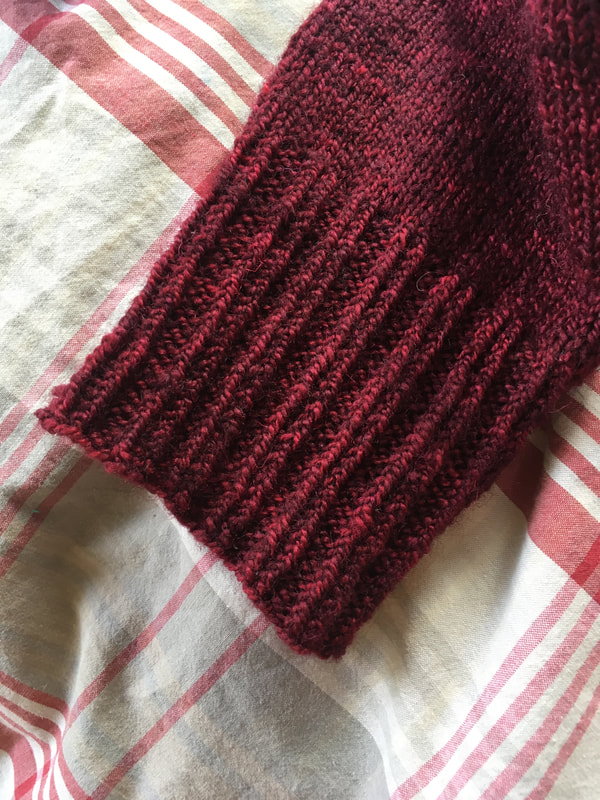
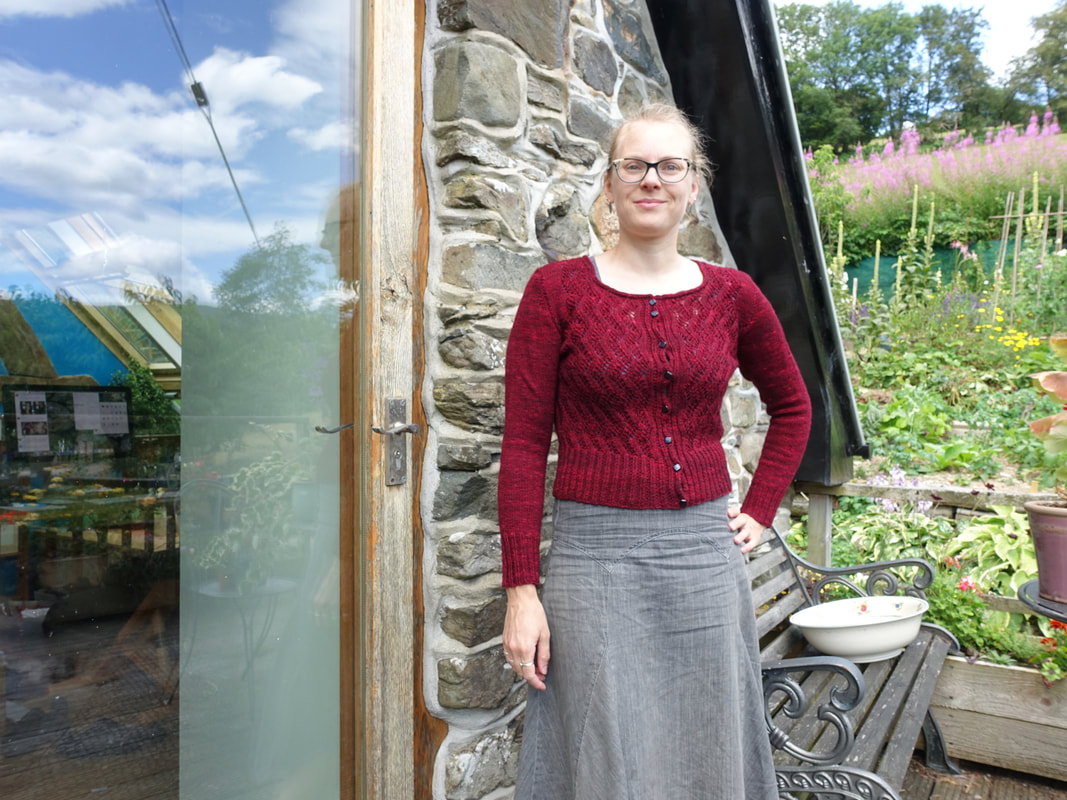
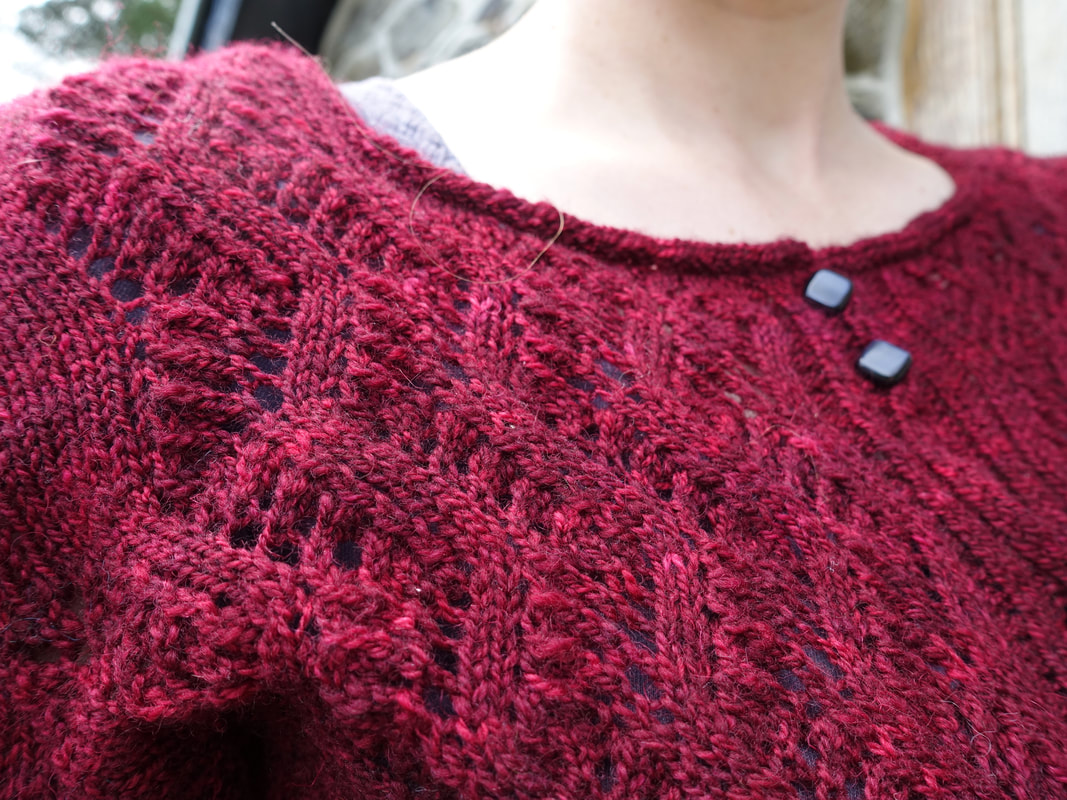
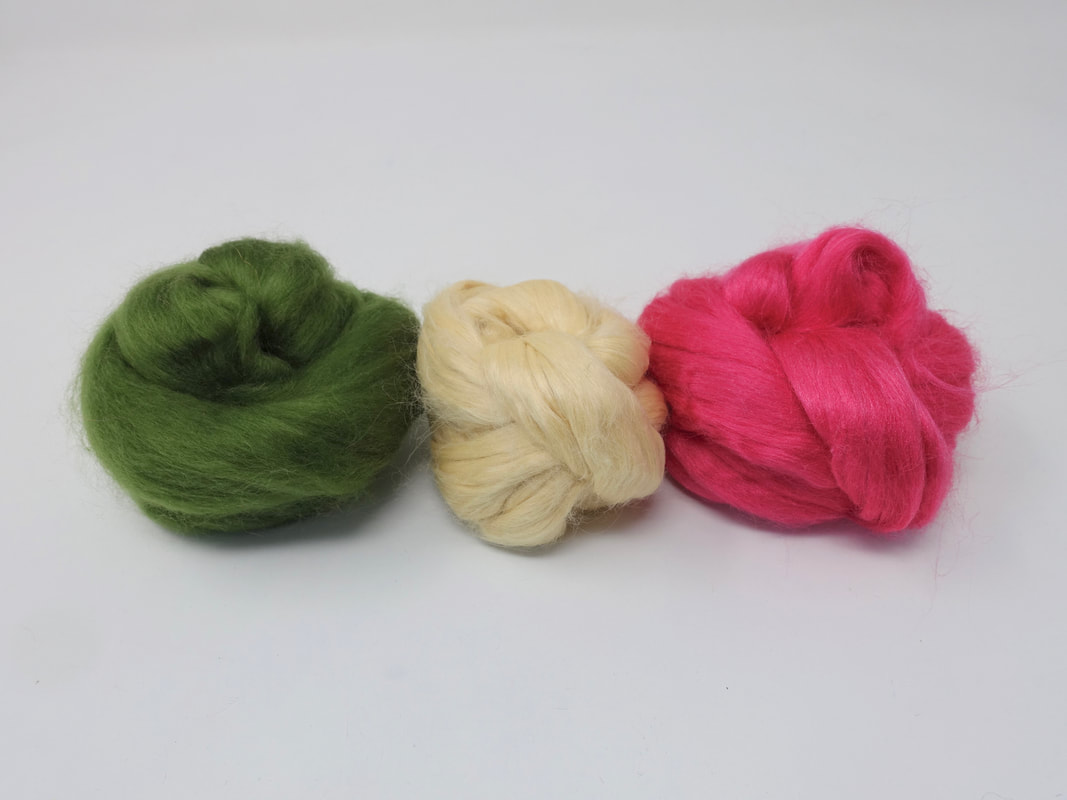

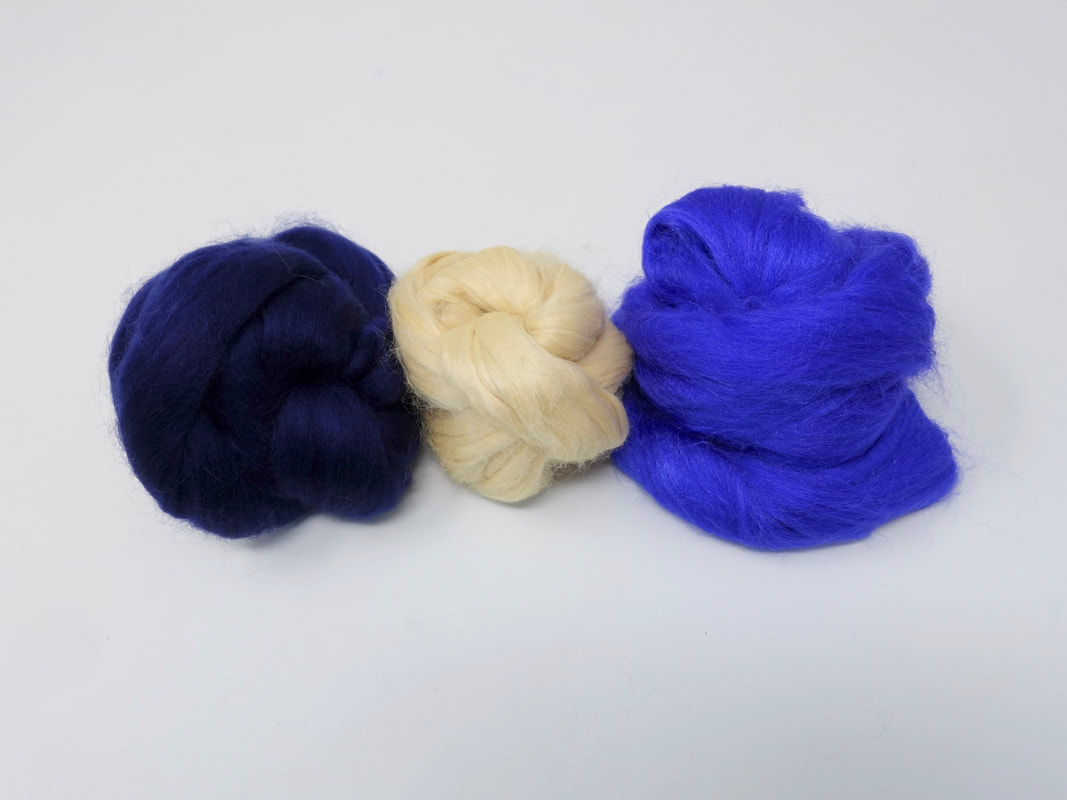

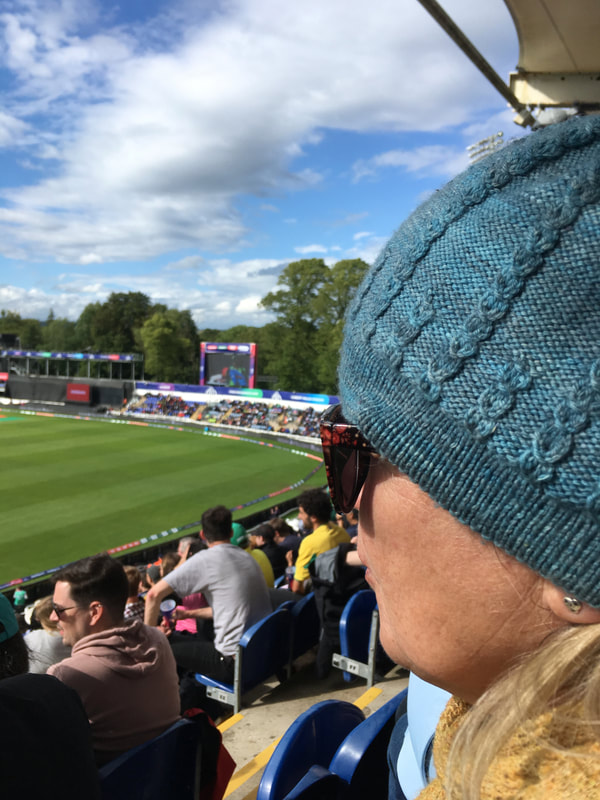
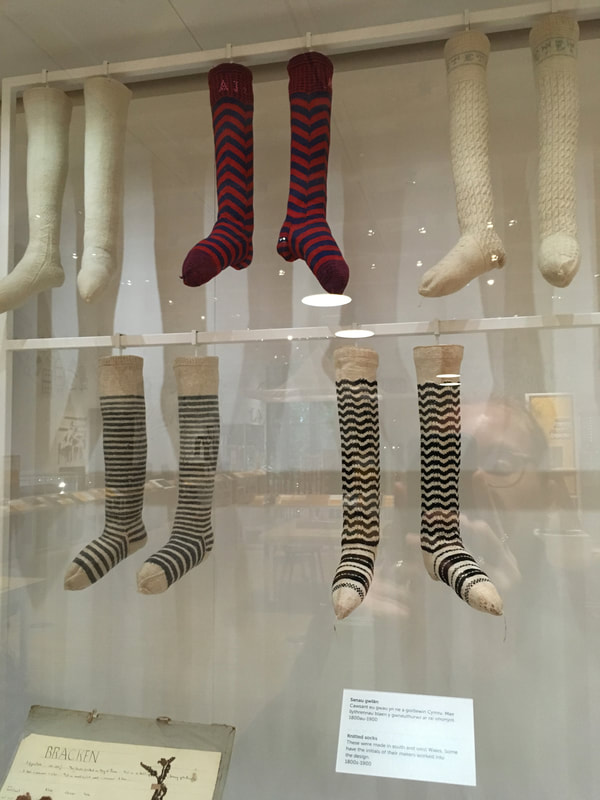

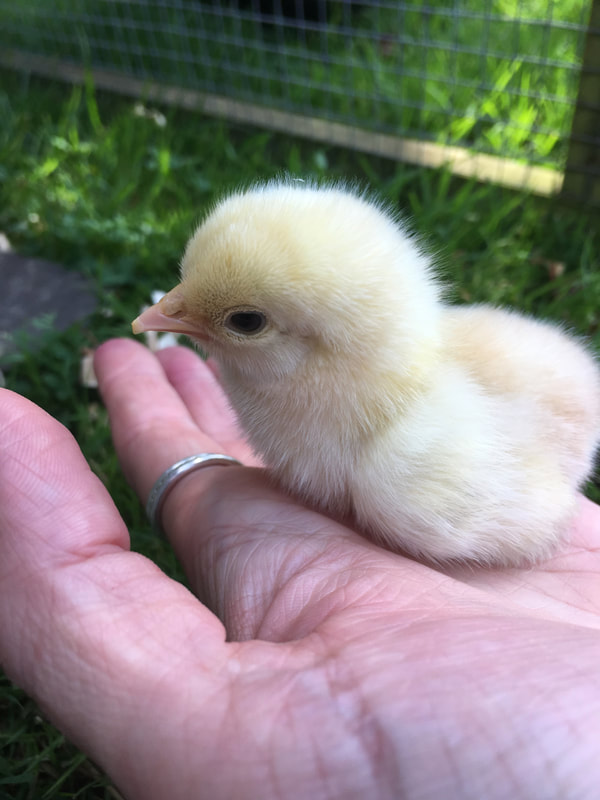
 RSS Feed
RSS Feed


